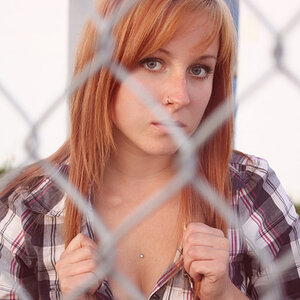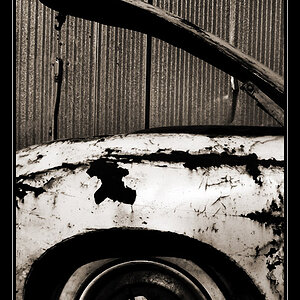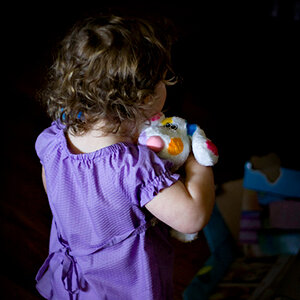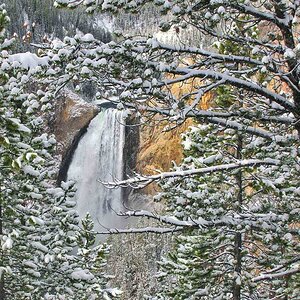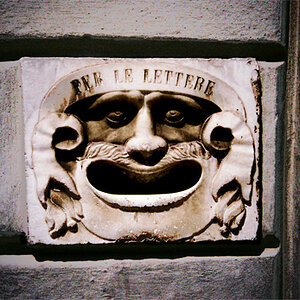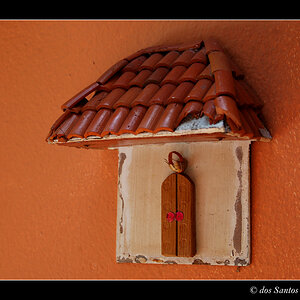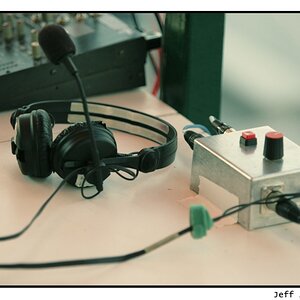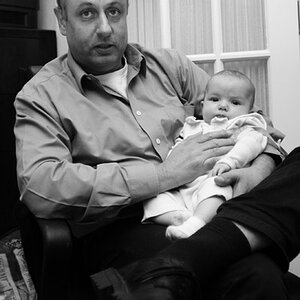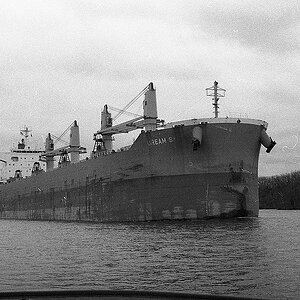jim84
TPF Noob!
Thanks for the suggestions. As far as I know, I'm picking up that Nikon I mentioned, the seller had to head out of town for some kind of family emergency I believe, but he should be back within a couple days and we have an agreement on his camera, so unless something changes I'm just waiting for him to come back to town.


